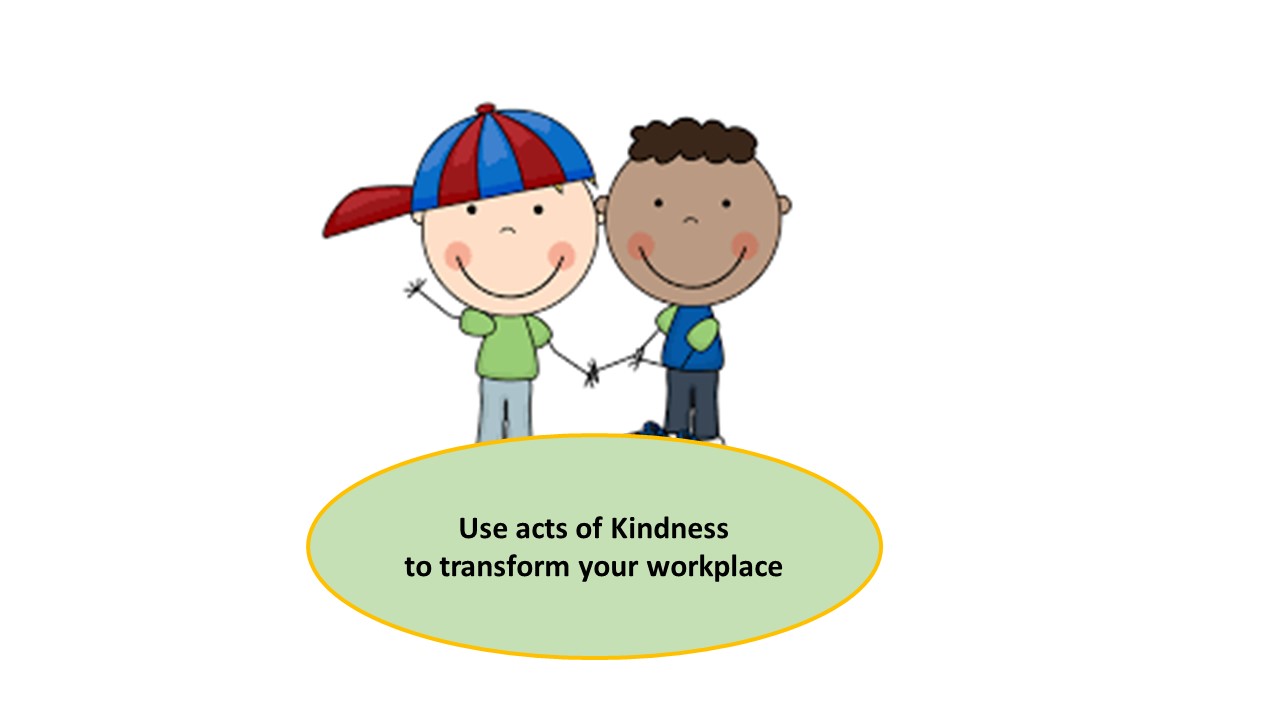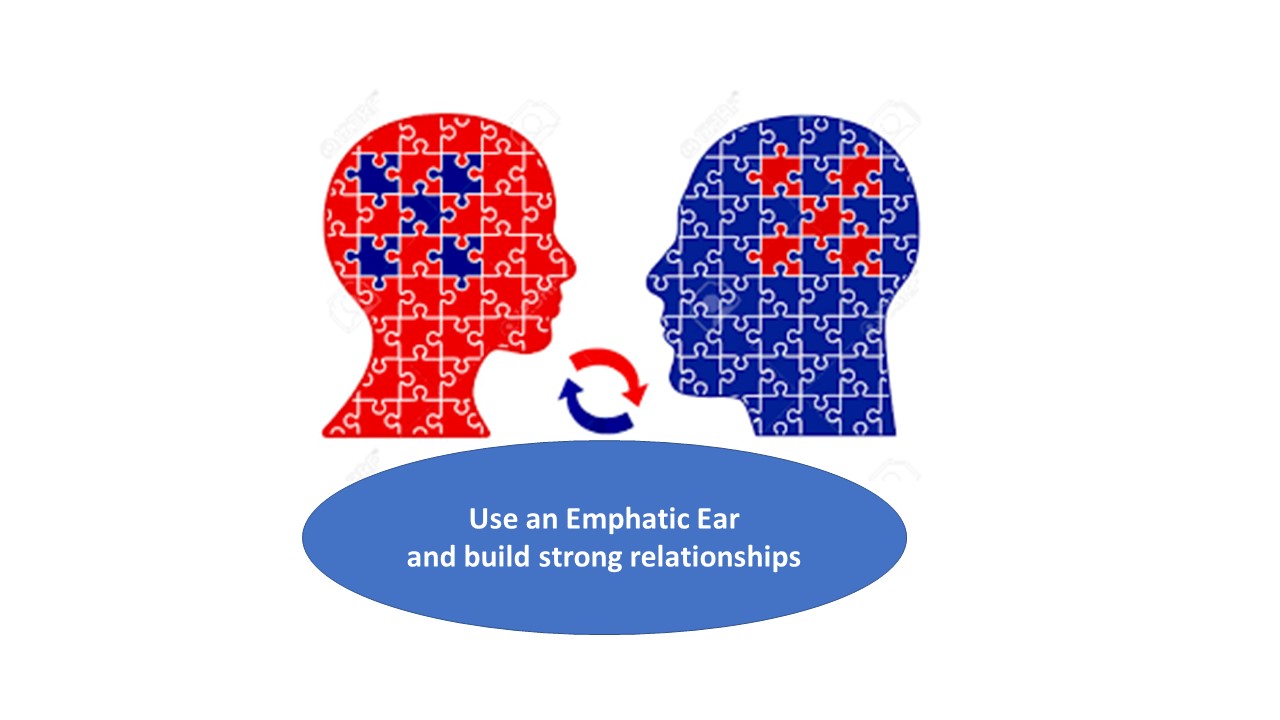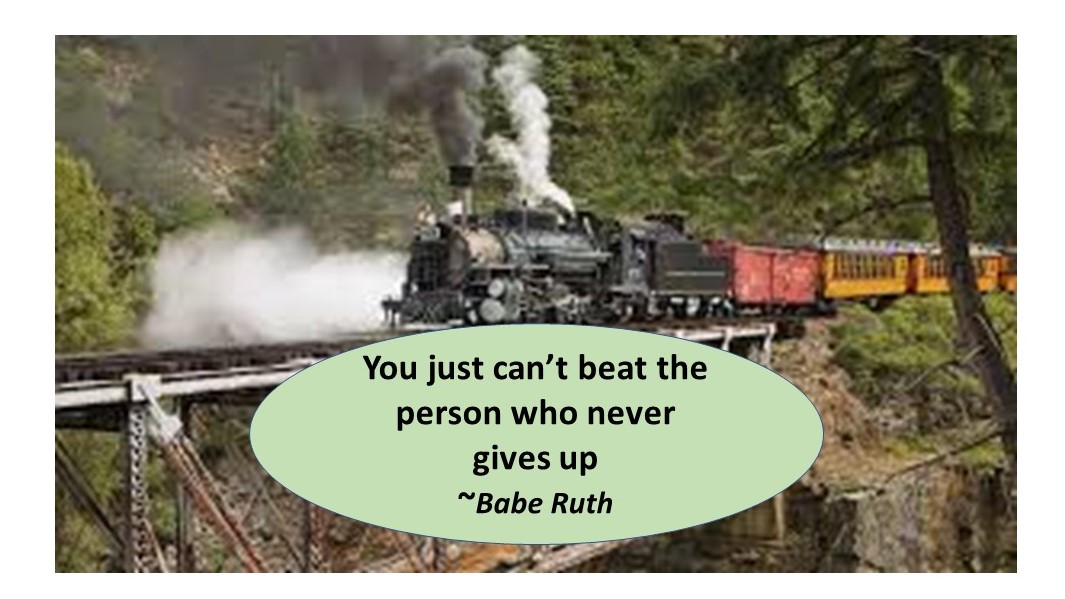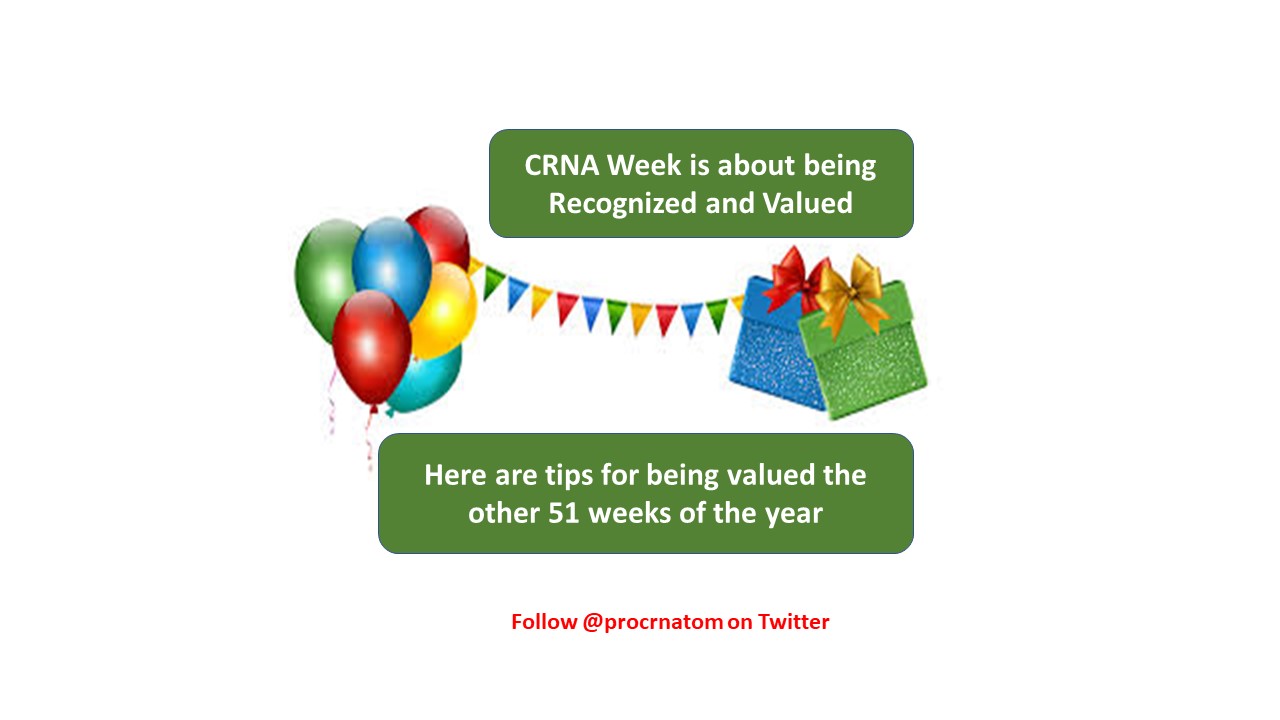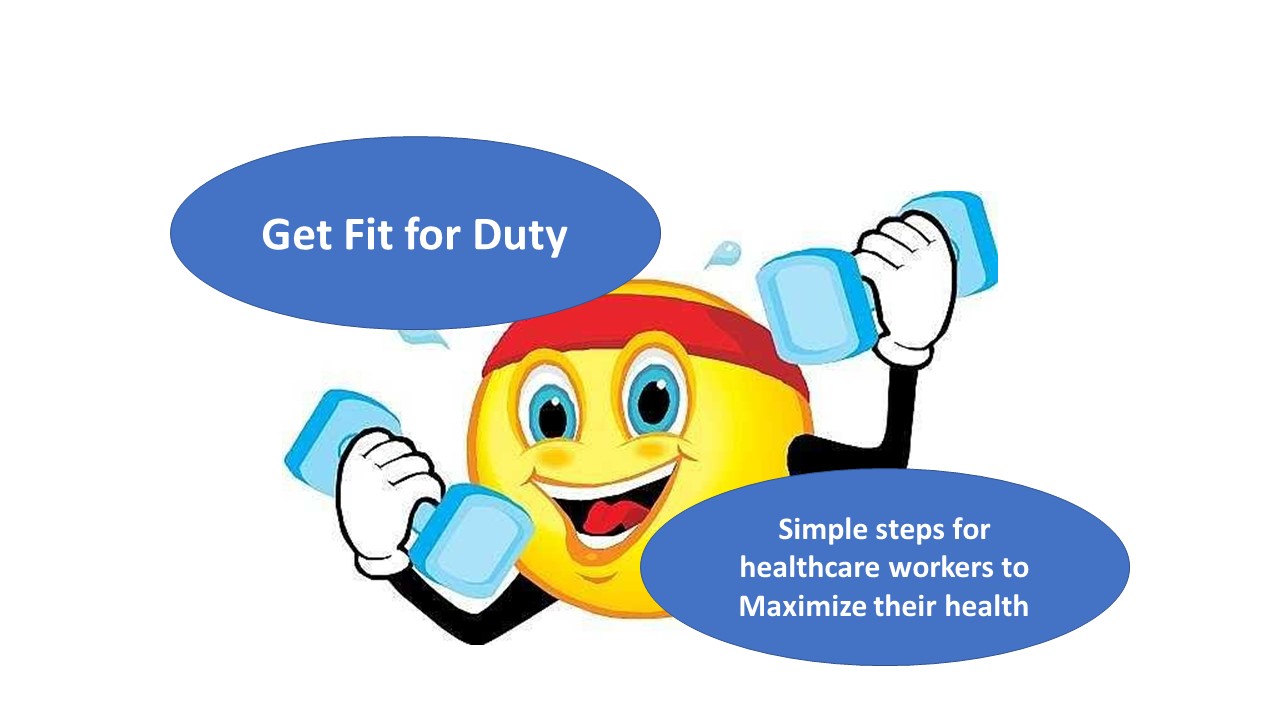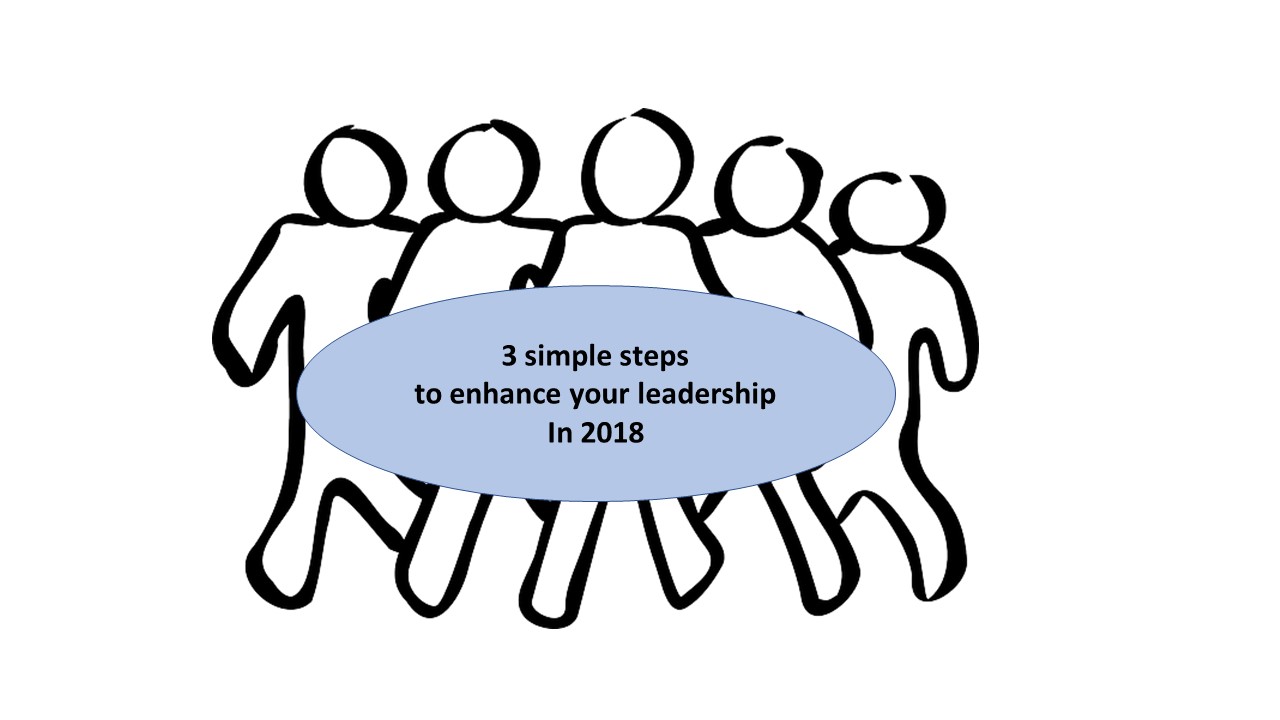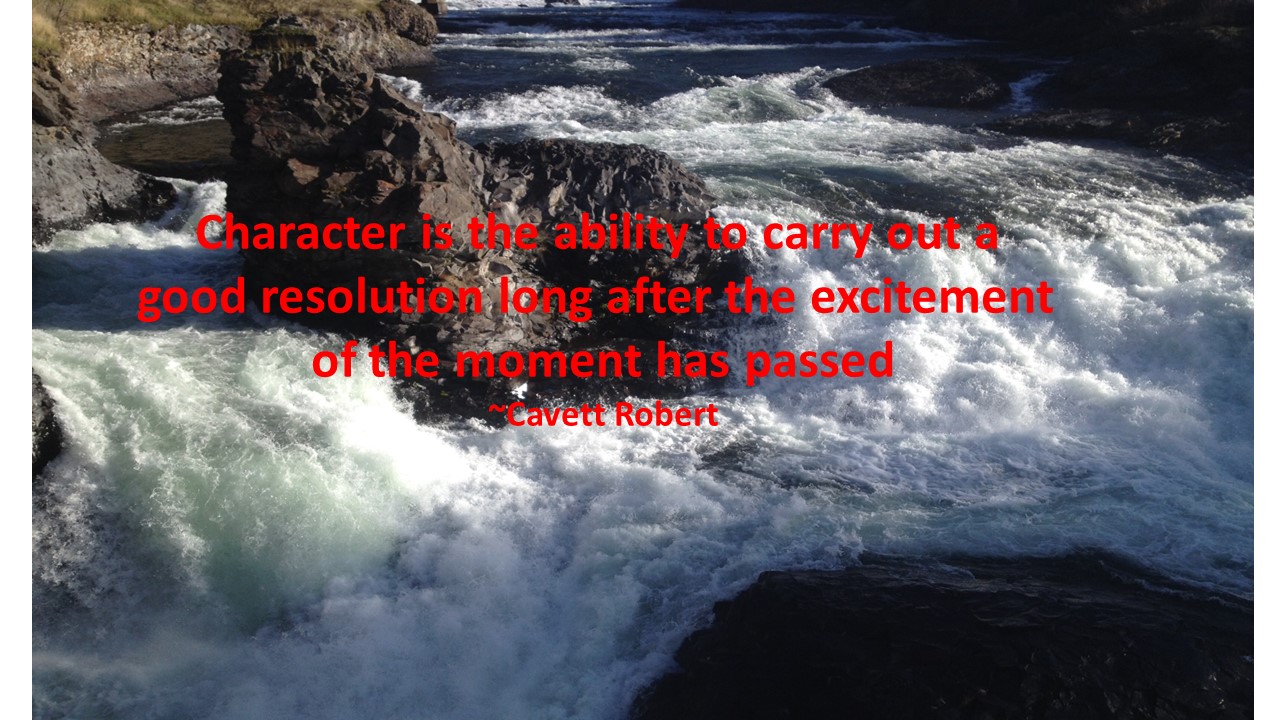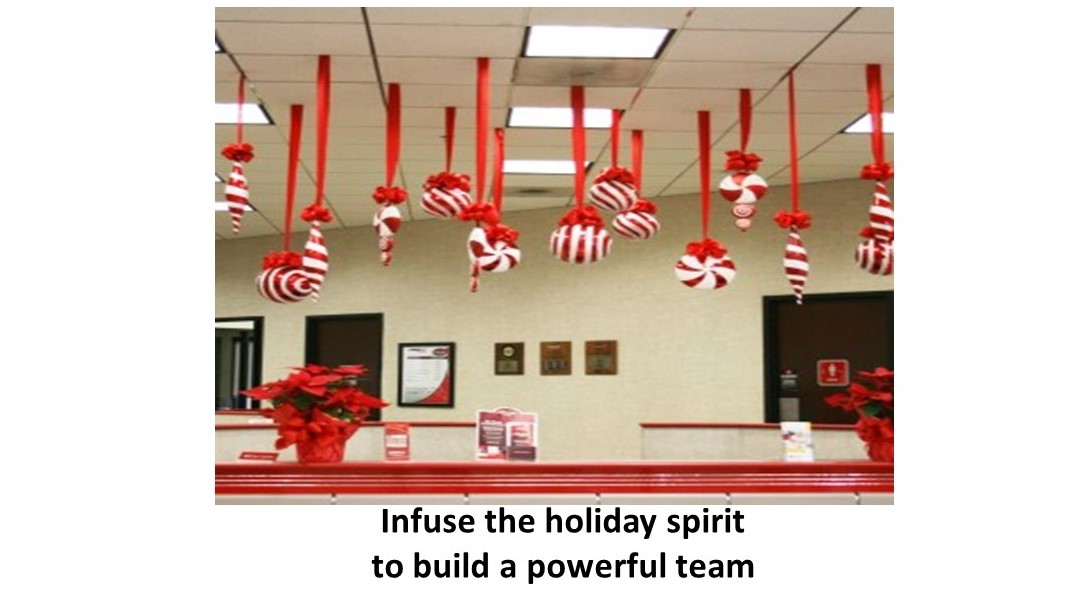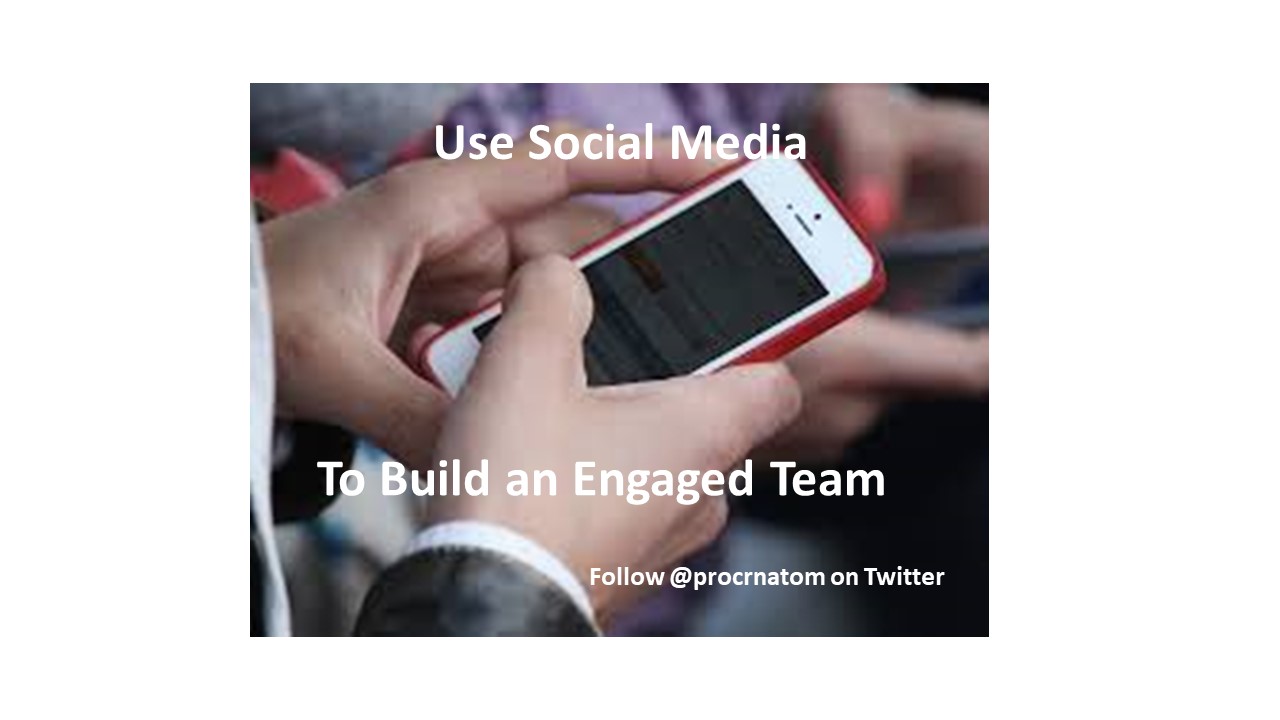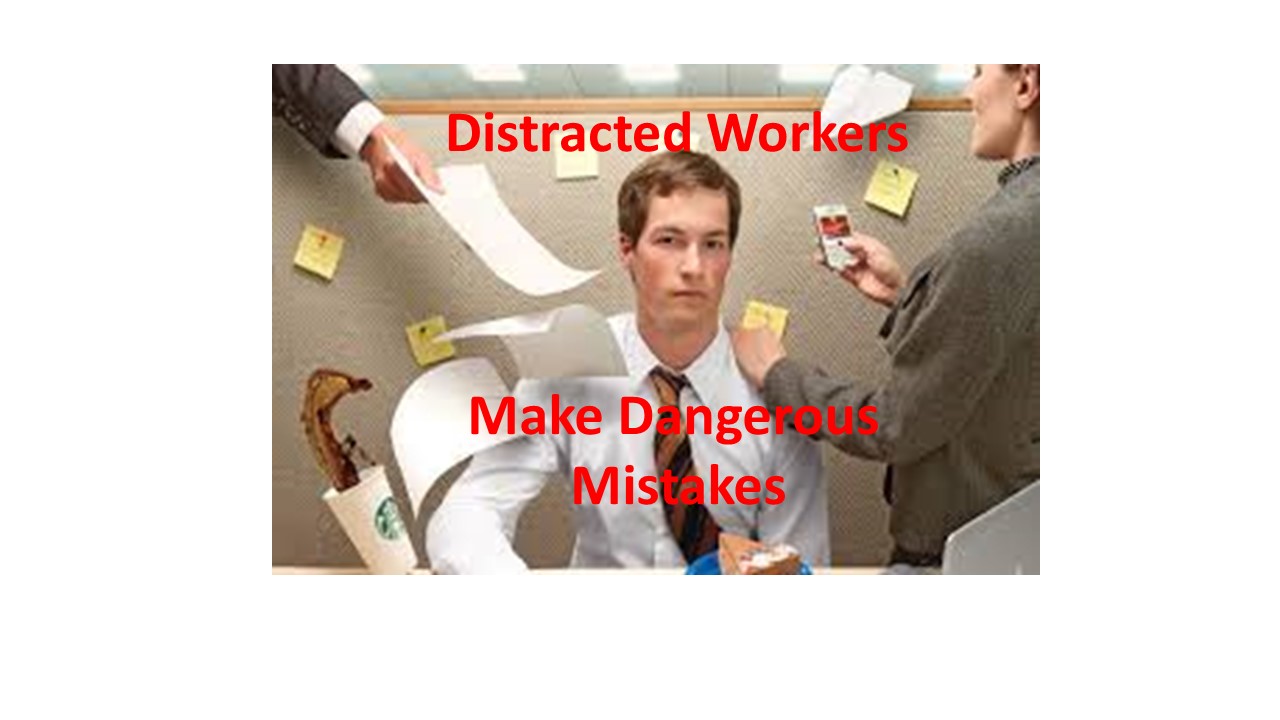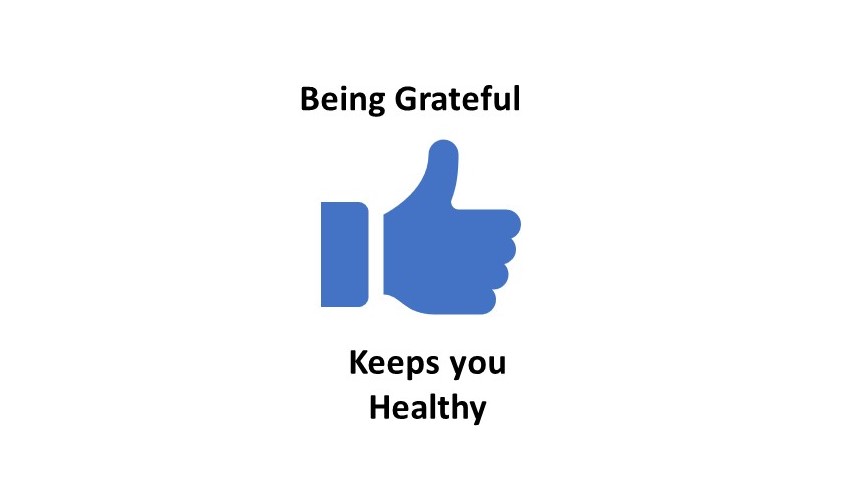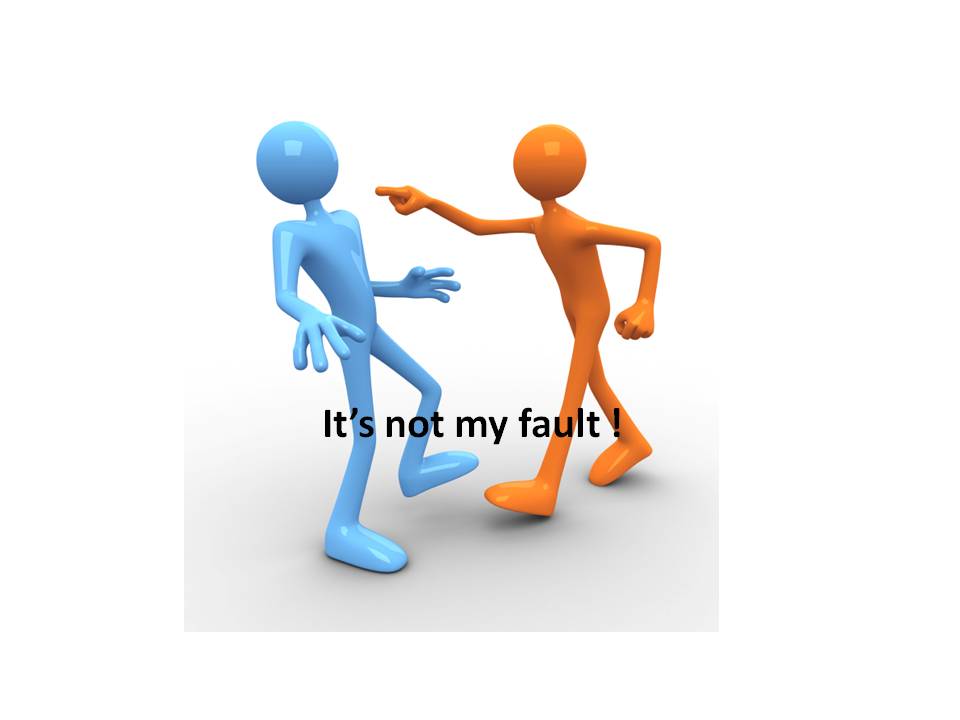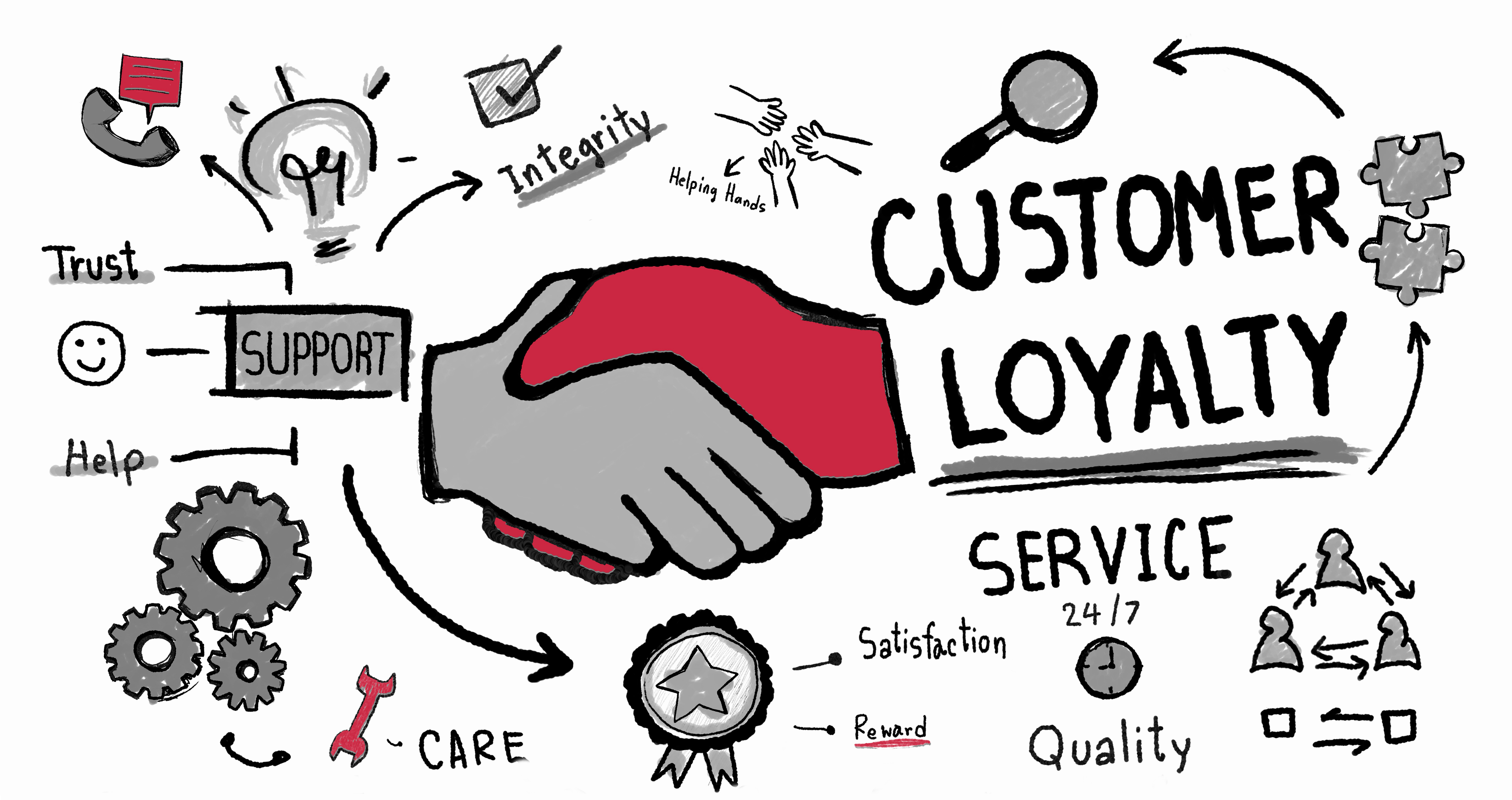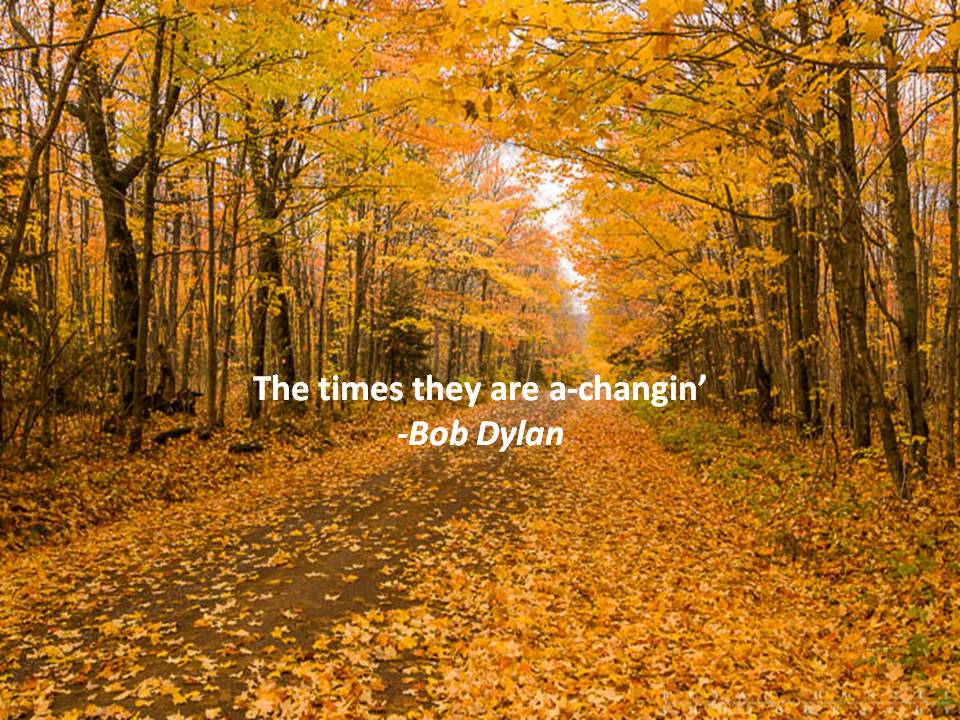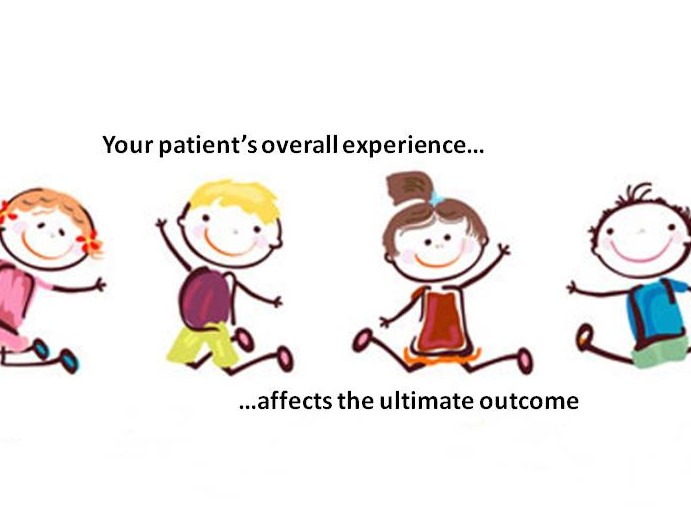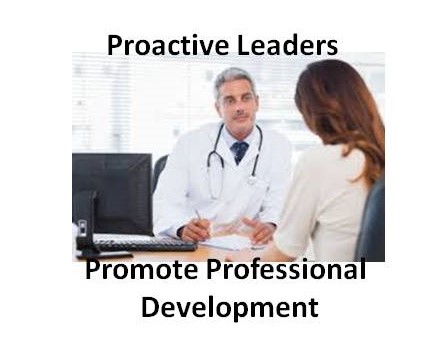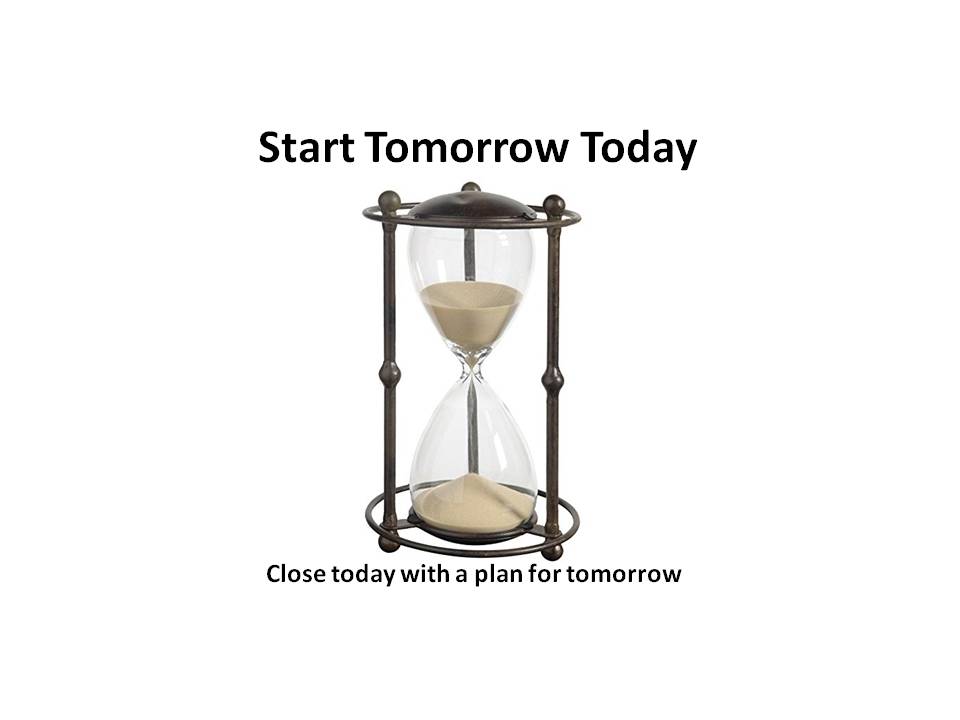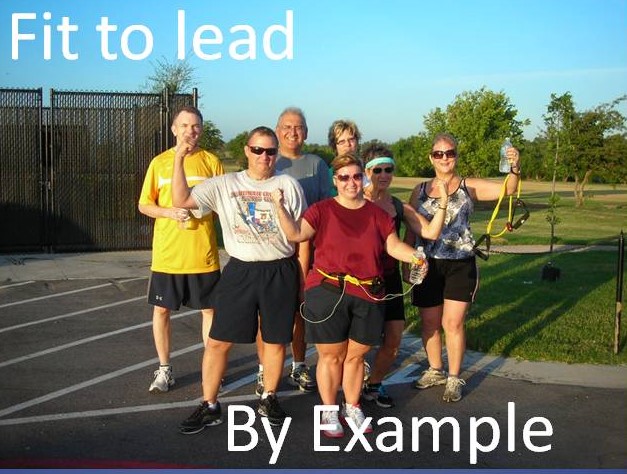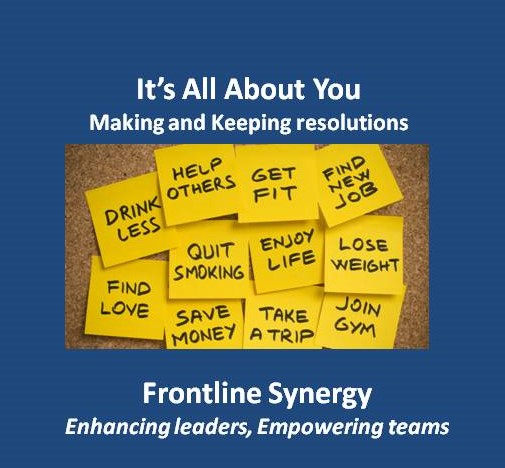Let go and Empower your Team
By Thomas Davis, CRNA, MAE, Lt. Col. (ret)
Follow@procrnatom on Twitter
Micromanaging is a manifestation of the Authoritarian style of leadership in which the manager closely observes the details and controls the work of subordinates to an unnecessary extent. It is an aggressive form of management that places workers in a fishbowl where every action is watched, and any infraction of the leader’s vision is quickly corrected. Those who work for a micromanager seldom feel as if their opinions count and are in constant fear of repercussions for having expressed original thoughts or attempting new ways of accomplishing tasks.
Micromanagers were not necessarily born to be bullies; instead, according to an article by Andy Molinsky, the practice of usurping the power of others arises from the leader’s own personal fear and insecurity. High achieving workers are commonly selected as leaders, but once in place, they may realize that they lack background and training as a leader. Insecurity soon arises because despite being successful as a worker, they are fearful of not meeting the leadership expectations of the team or the organization. To reduce the chance of failure, a fearful, but highly competitive manager becomes an authoritarian who takes rigid control of every aspect of the job, insisting on giving approval before any action is taken.
The cost of Micromanaging
Micromanagers take pride in setting a high standard by producing perfect results. Perfection comes with a cost to both the team and the organization and eventually the drain on team morale and company resources may cost you your job. Here are some of the costs associated with micromanaging.
Workers may become fearful. When every independent thought provokes the ire of the controlling leader, workers tend to do only as told. Rather than putting their energy into creating the best experience for the clients, workers focus on NOT making mistakes and follow rules without exception. Over time, the insecurity of the leader spreads to the team and everybody walks on egg shells.
Creativity and innovation are lost. The insecure micromanaging leader who takes control of projects and insists on absolute compliance to his/her demands quickly puts an end to independent thoughts that may arise from team members.
Staff turnover is high. When subdued by a micromanager, creative workers feel stifled and look elsewhere for more fulfilling work and those who remain acquire an attitude of robotic compliance to the manager’s demands. Resources of the organization are drained as the cost of employee replacement grows and morale plunges.
Are you a micromanager?
Most leaders want to do a good job, and few would describe themselves as micromanagers. If the question were put to your team, how would they describe you? Self-awareness is the first step to overcoming your controlling tendencies and here are some signs that you may be a micromanager.
- You are rarely satisfied with the work of others.
- You rarely delegate and when you do, you tend to take the work back.
- You must be involved with every aspect of a project.
- Projects run behind schedule because you are bogged down in the details.
- You expect to be copied on every email message.
- Subordinates hesitate to act or refuse to move ahead without your approval.
- You need to know what everybody is doing and where everyone is at all times.
- You feel as if the only way to get it done right is to do it yourself.
- Your team has unexplained high turnover.
Breaking the Micromanaging habit
If some of the signs above describe your leadership style, you and your team may have some tough times ahead. At some point, your team will either surrender and become low-producing zombies, or they will revolt and stage a mutiny. Either way, you will fail as a leader. Here are some tips for letting go of MICROMAGEMENT and laying the foundation for EMPOWERMENT.
Assess your own insecurity. Because the foundational emotion that drives micromanagers is insecurity, your management behavior will not change in a meaningful way until you address your own doubts. In most cases, you have more support than you realize, and people really do want you to succeed. View yourself as being a competent rather than competitive leader, leverage your resources and confidently lead your team by empowering each team member.
Let go of perfection. Perfection is in the eye of the beholder and those you assign to complete a task may visualize the final product differently than you. If the result meets the criteria established up front and benefits the organization, congratulate the team and celebrate their success. The sense of validation and accomplishment that team members feel when projects come to completion are more important than the project perfectly matching your vision.
Resist checking-in. Rather than demanding constant updates, arrange to check in at milestones or pre-arranged time intervals. Agree on goals in advance of the project, provide necessary resources then allow workers time and space to solve problems.
Require cc on only certain types of email. Take time to review the messages in which you have been included. Determine the type of information that you really need and that which is extraneous. Reduce your involvement further by requesting that your team NOT include you in every email exchange.
Designate a point person. Give total control of a project to a top performer and stand back. If releasing control makes you uneasy, start with a project that is easily within the capability of the point person. Based on your history as a micromanager, the person may be skeptical and you must give him/her a reason to believe that this is not a gimmick and, in fact, it is their project to complete.
Don’t get bogged down with the small stuff. As the leader your most important duties are defining goals, providing resources and motivating team members to accomplish tasks. Don’t get mired in the nitty gritty. If the project is staying on the timeline and progressing toward the goal as anticipated, keep your fingers out of the pot.
Micromanaging seldom works and is often associated with toxic work environments in which both morale and productivity suffer. Instead of tightening the screws on your team, empower them. Support your organization, improve relationships, build trust and elevate your position as a leader by loosening your grip on the reins and allowing your team to demonstrate its worth.
Special thanks to my wife and editor, Liz Sanner Davis.
Thomas Davis is a noted leader, educator, speaker and clinical anesthetist.
Build a preferred workplace. Join Tom and a group of healthcare leaders for the values-based leadership webinar. Click here for information.

